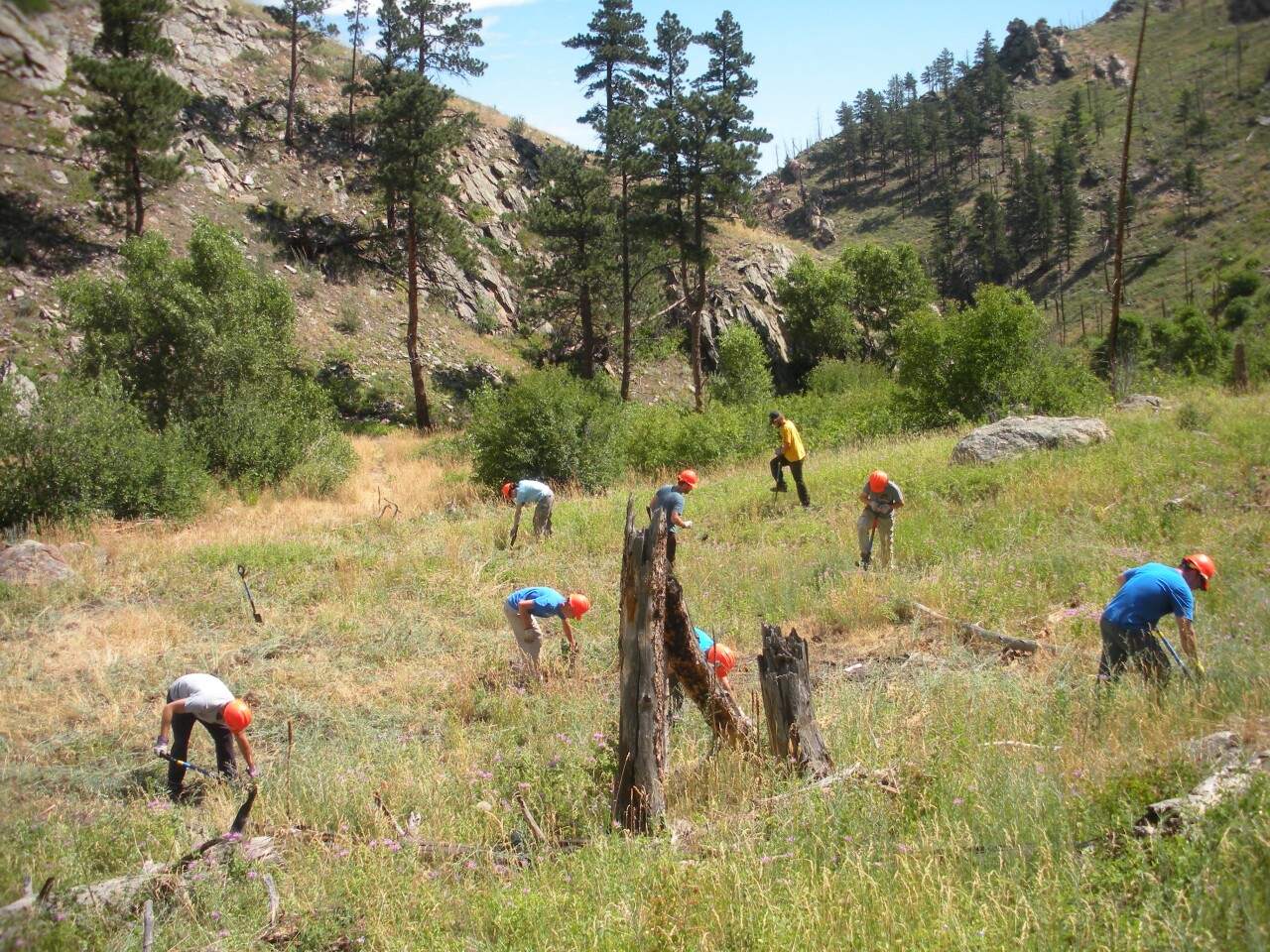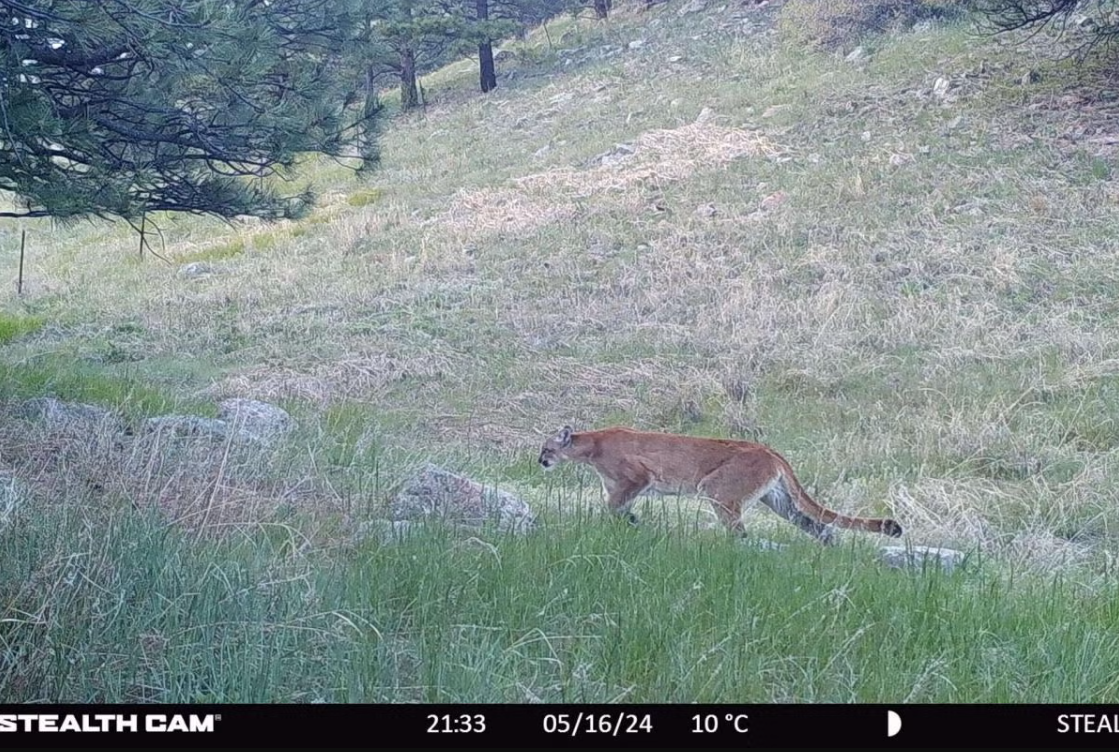BOULDER, Colo. — The University of Colorado Boulder accepted a donation of nearly 500 acres of natural space that will allow students and staff to continue research on the land, ranging in topics from fire restoration to stream ecology.
The donation, estimated at $10.4 million, came from alumna Linda Holubar Sanabria. The land is called the Spruce Gulch Wildlife and Research Reserve, and is located in Boulder County. It is not open to the public.
For nearly 25 years, faculty and students at CU Boulder's Institute of Arctic and Alpine Research (INSTAAR) have used Spruce Gulch in their research.

“The Spruce Gulch property has had a real impact on CU Boulder research studies over the years, and it’s inspiring to consider the ways in which this will continue to grow,” said Chancellor Justin Schwartz. “Through her land and endowment gifts, Linda Holubar is fostering hands-on learning opportunities and strengthening the university as a leading research institution.”
The land was originally hunting grounds for Indigenous people before miners and loggers moved in, followed by grazing and agriculture operations. Holubar's family has owned the land for almost 100 years, and she and her spouse Sergio Sanabria inherited it in 1994, and began managing it as a natural reserve in 2001. After this, they established a conservation easement with the county, which requires it be closed to the public.
In 2001, Holubar contacted Tim Seastedt, an ecology and evolutionary biology professor emeritus at INSTAAR, for help with an invasive plant called spotted knapweed on the Spruce Gulch property. Seastedt had been researching a new experimental method for controlling the plants, which involved releasing innocuous knapweed-eating insects called flower weevils, as opposed to using herbicide.
The project was a massive success and the team published a 20-year review on the project in the Biological Control scientific journal.

After a successful collaboration, Holubar agreed to open up the land to CU Boulder researchers, the university said.
Seastedt is now the director of the Spruce Gulch Wildlife and Research Reserve.
“Field ecologists don’t pass up opportunities to leverage a new field site, and this one is special,” he said. "... CU has never had a research site close to campus that they can call their own. We've had partnerships with public lands and been allowed access for student field trips, for student projects, for student experiments, but it's often problematic — those other lands have multiple uses and protecting them for research is not often a priority. This is now dedicated to research as a research priority."

Holubar said the gift to CU Boulder was conditional on the easement and additional preservation terms.
“Having grown up on this land and having it be a part of my family for almost a century, I view it as my heart and soul and want nothing more than to protect it," she said.
As of early this year, the Spruce Gulch site has been a part of 29 scholarly publications by CU Boulder faculty and students. It has also been at the center of six doctoral dissertations, three master’s theses and four undergraduate honors theses, the university said. Topics have varied, but include grassland regeneration, invasive species removal, fire restoration, plant genetics, soil conditioning, landscape hydrology, stream ecology and geomorphology.

“The history of CU’s environmental efforts includes some of the largest and most significant contributions to our understanding of high-elevation systems,” Professor Seastedt said. “The acquisition of Spruce Gulch now allows us to pursue essential science relevant to the grasslands and foothills region, where most of us live. Therein lies the magnitude of this gift.”






